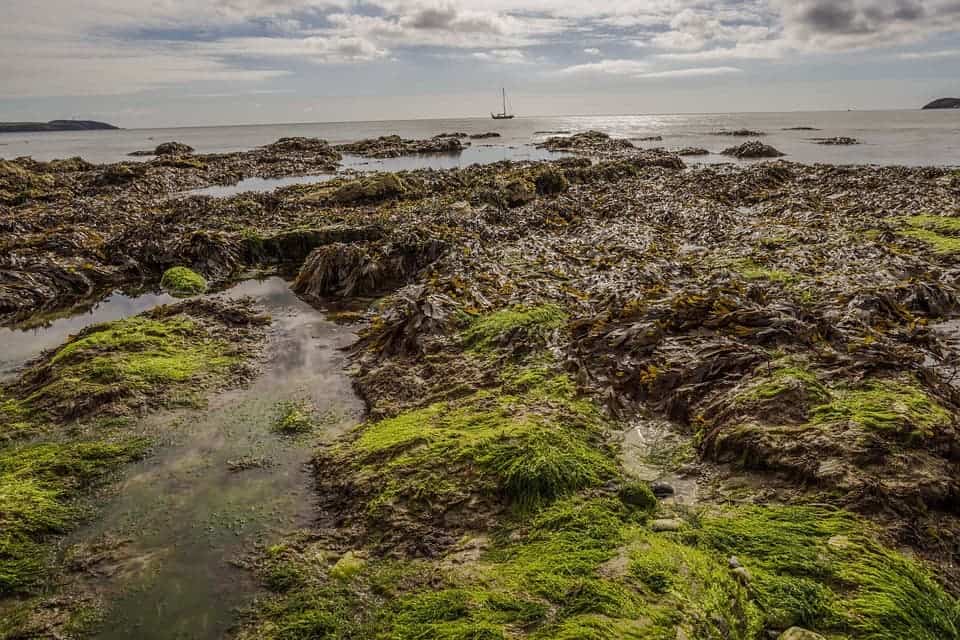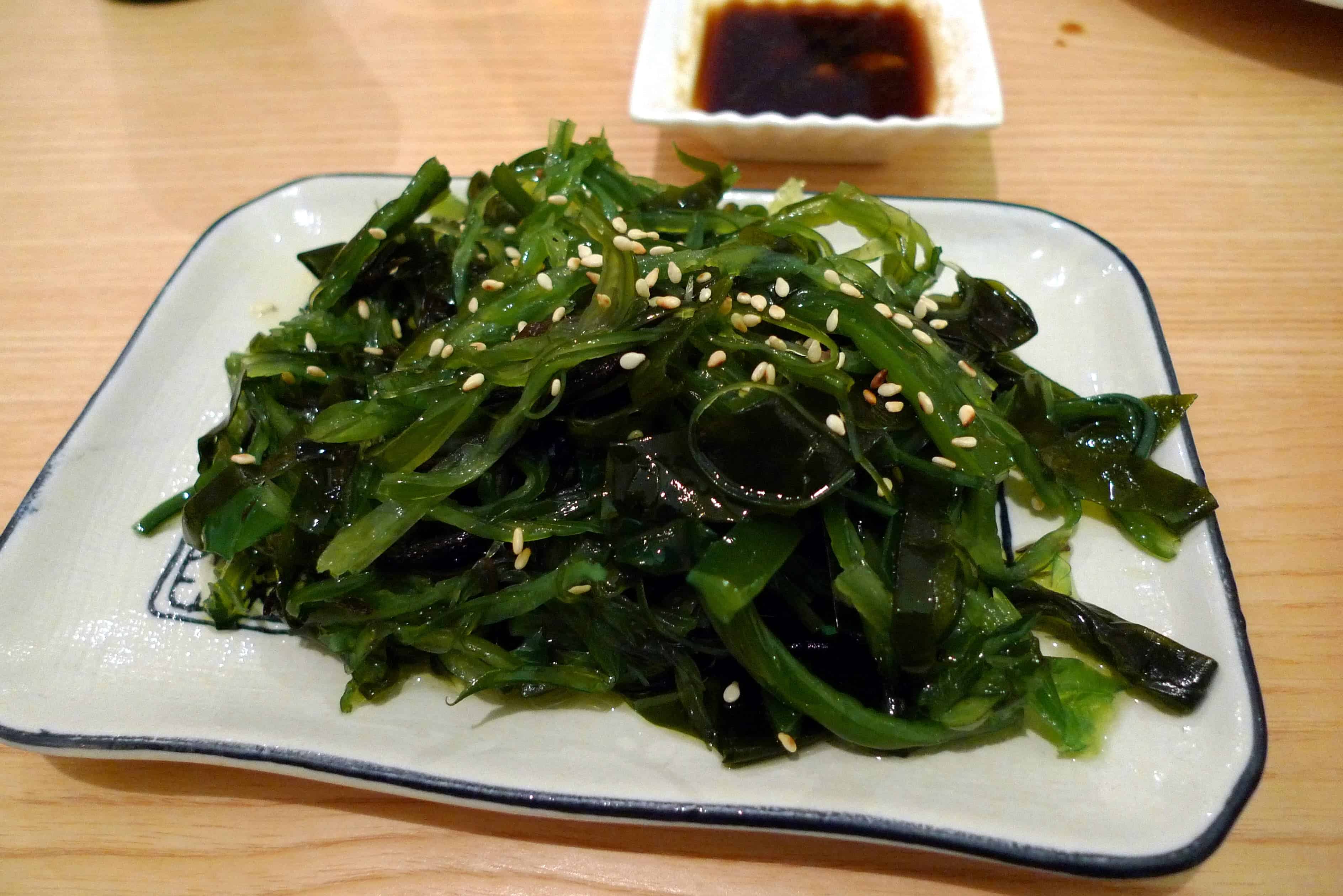Millions of years ago, the Homo sapiens branch started diverging from other primitive hominids. Many things started changing, but the key aspects were in the brain. In almost every way, the brain is what separates us from our ancestors. A new study claims that seaweed provided us with many of the nutrients necessary for that development.
Your brain on seaweed

Pretty much every quality that defines our humanity is connected to the brain. This incredibly performant, energy-hungry organ makes us who we are, and we’re still not even close to unraveling all its secrets. But to perform properly, the brain also needs a lot of resources. Our ancestors needed a lot of resources just to get by, and when their brains started getting larger and more powerful, they needed an extra bit of resources. But it’s not just like they needed some extra food, they needed an extra type of food. Among others, the brain needs significant quantities of magnesium and zinc to function, and new research suggests we may have gotten those nutrients from algae.
“Nutrients needed for this transition from a primitive ancestor to modern Homo sapiens were (and still are) available in seaweeds. Seaweeds could be found and harvested in abundance on shores, and for a foraging lifestyle, a rich coastal environment would be a significant source of a consistent supply of these nutrients,” says Professor Ole G. Mouritsen, University of Southern Denmark.
Professor Mouritsen has dedicated much of his life to studying food science and molecular biophysics. It’s not the first time he’s suggested something like this — he’s been a long-time advocate of seaweeds, highlighting their nutritional value, and importance as food as well as medicinal and industrial uses. There’s still little evidence to suggest that ancient humans feasted on seaweeds, but Mouritsen backs up his claim:
“However, the changing patterns of resource distribution associated with the extensive drying and expansion of the African savannahs between 2.5 and 2 million years ago have been the impetus for a shift in foraging behavior among early members of the genus Homo. Foraging over longer distances for food would have contributed to bipedalism and a different body stature as increasingly larger ranges had to be traversed, and in the case of our primitive ancestors, this would undoubtedly lead to significant changes in diet,” the authors write.

This is still a lot of indirect evidence, but we do know that coastal areas attracted early hominoids in search of food. They likely didn’t know how tides worked, which would have prevented them from being effective fishermen, but seaweeds would have been much easier to get hold of. Basically, the study doesn’t show that they did eat seaweeds, it shows that they very well might have.
“Our ancestors would find foods like fish, crustaceans, snails, seaweeds, bird eggs and perhaps occasional dead marine vertebrates. But they probably did not have the necessary rudimental understanding of seasonal tidal cycles and their influence on shellfish availability. Seaweeds of different types, on the other hands, can be found all across the intertidal zone from the high water mark to the subtidal regions and they could be readily and repeatedly harvested for food by all family members, including women and children,” the authors state.
Nutrients for the brain
The team zoomed in on several nutrients found in seaweeds that are crucial for proper brain development — both then and now:
- Vitamin B12. The bane of vegans worldwide, B12 is only found in animal products such as meat, eggs, fish, and milk — with one exception: it is also confirmed in Pyropia species of seaweeds. There’s a good chance it can be found in other seaweeds as well, it’s just that we haven’t analyzed them yet. B12 is crucial for blood flow in the brain which supports cognitive functions such as speech.
- Taurine. It’s found in large amounts in the central nervous system and in the retina, especially in developing bodies. Newborns have three times more taurine than the brain of adults. Taurine can be found in red algae, marine fish, shellfish and mammal meat.
- Magnesium. This is one of the more readily available nutrients, easily found in a variety of vegetables and nuts. Still, there’s a chance that early humans got some of their magnesium from seaweeds, which are an excellent source. Magnesium is key for storing new bits of information in the neural networks of the brain.
- Zinc. Like magnesium, zinc is found in several foods but meat (and especially the liver) is a great source of zinc. It’s also extremely abundant in oysters, crustaceans, and seaweeds. Also like magnesium, zinc is important in memory development.
- Poly-unsaturated fatty acids (PUFAs). Certainly one of the most interesting nutrients on this list, PUFAs were thought to be obtained by early humans from fish and shellfish, but this study proposes seaweeds as an alternative source.
- Iodine. Today, we get a lot of iodine from salt artificially enriched in the element — and that’s a good thing because iodine is crucial for the proper functioning of the thyroid hormones. But seaweeds also contain great amounts of iodine.
At the end of the day, it’s hard to prove whether or not our ancestors ate seaweeds or not — though this study makes a convincing case that they very well might have — but perhaps the more important takeaway is for the present, not for the past. Seaweeds are an excellent source of nutrients, especially if you don’t want to consume meat. With an ever-growing population and a struggling agriculture, they might pop up more and more on our plates.
Journal Reference: M. Lynn Cornish, Alan T. Critchley, Ole G. Mouritsen. Consumption of seaweeds and the human brain. Journal of Applied Phycology, 2017; DOI: 10.1007/s10811-016-1049-3


